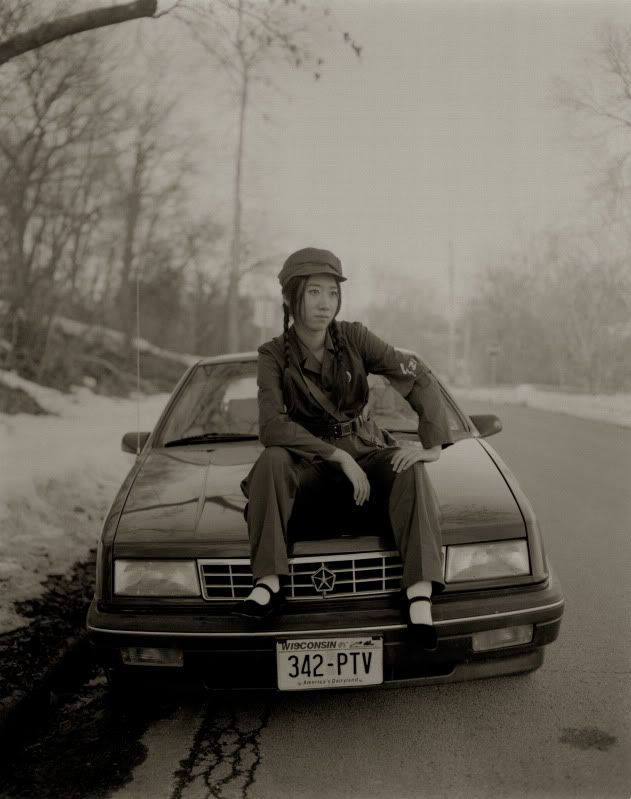Mao had always desired to create a “classless” China, in which no one was better than anyone else, everyone working for the good of China. In 1966, he insisted on removing “liberal bourgeois” elements from the society through post-revolutionary class struggle, mobilizing the thoughts and actions of China’s youth, who formed Red Guard groups around the country. The widespread social and political upheaval resulted in nation-wide chaos and economic disarray, which spread through urban workers, the military, and the party leadership itself. People who had gone abroad were rigorously oppressed, labeled as enemies. At that time, people were still under the impression of being saved from war by Chairman Mao; they worshipped him and believed everything he said.
Fashion was denied – “beauty” resulted when everyone wore the same clothes, with no difference between genders. People rejected everything that was unique or Western, and anything from abroad. They even eradicated the “Four Olds,” which included old books, art, and museums. The Red Guards even attacked scholars. No one was safe from criticism: doctors, famous actors, writers, economists, teachers. Many people committed suicide because of the humiliation of being labeled an enemy.
The movement lasted for ten years, becoming a pivotal point in history for the development of Chinese culture. The Quotations of Chairman Mao played an important role during this time, considered the best gift for weddings, and everyone had to recite one quotation each time before they spoke.
Reading about the Cultural Revolution made me wonder: how would someone from that time period in China react if they traveled through time and arrived today, in contemporary America? How would they respond to the mass production of nearly all commodities? How would they respond a society of free individualism and identity? Unlike my parents’ generation, most of the people in my generation have not been through war, oppression, or hunger; they do not know how to economize or how to appreciate the life they can lead today.
As I dig into the Chinese youth identity during this project, I realized that everything always has two sides, but more importantly, that those two sides are not necessarily fixed. They can be flipped—good can be made of the bad.
Yexue Li
March 2010
Note: Part II: the Cultural Revolution Pictures is the second part of the project: The Occident and the Orient


No comments:
Post a Comment